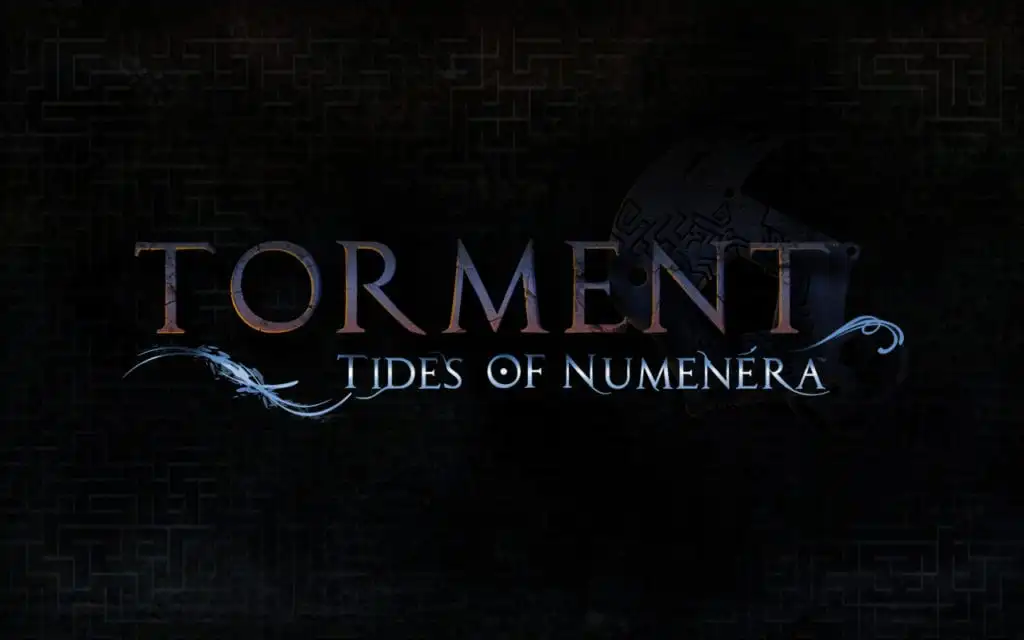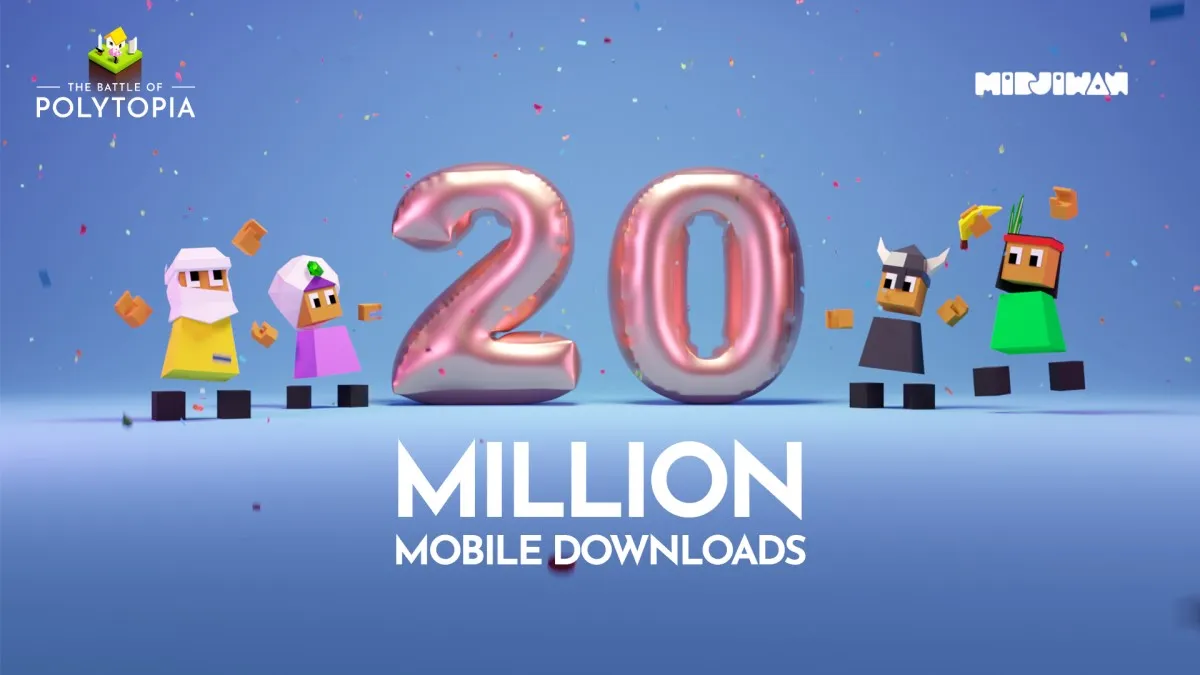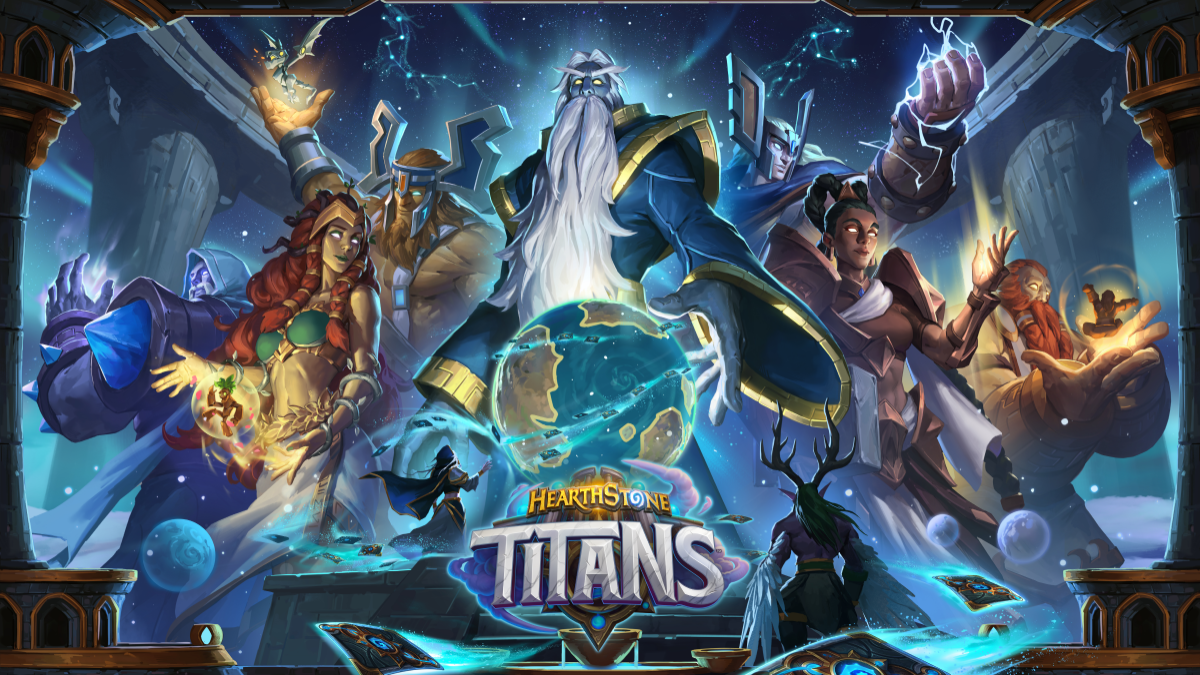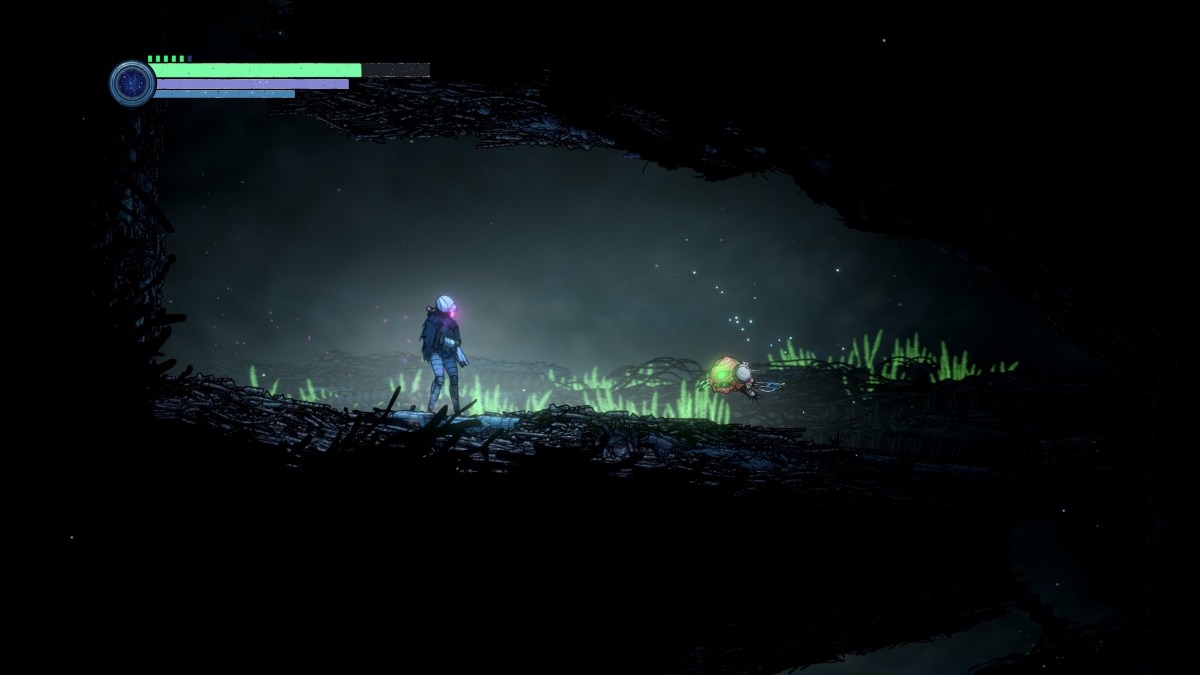Propelled from the most funded videogame Kickstarter ever, Torment: Tides of Numenera is the upcoming story-driven isometric CRPG which seeks to transpose the ideologies and game design philosophies of Planescape: Torment into a new universe. Much like its inspiration, Tides of Numenera aims to be full of thought-provoking dialogues, settings which verge on the bizarre, intricately designed NPCs, and reams and reams of descriptive text.
The game focuses on a newly awakened consciousness of a body left by the changing god – a powerful being who is able to cheat death by leaping from body to body. Unlike other castoffs, you’re able to cast your consciousness into the bodies of others left behind by this being, allowing you to explore not only your own history, but those of the characters who have been lived in and left behind by the changing god.
We had questions. Project Director Kevin Saunders and Creative Lead Colin McComb took some time out to fill in the blanks.
The interview is available in audio (intro music from Torment: Tides of Numenera and outro from Planescape: Torment), or highlights below.
[powerpress]
PC Invasion: What are the similarities and differences between the settings Planescape and Numenera?
Colin McComb: They’re both incredibly imaginative and extraordinarily cool. Neither of them are about killing the monster and taking its treasure; they’re both about trying to understand your place in the world as you comprehend it at that point.
The main difference is that Planescape is built more around belief, and wisdom, and the exploration for answers regarding the soul; whereas Numenera is more around exploring the world around us as it is. They both have room for philosophical exploration but one of them is more about doing and the other one is more about contemplating.
PCI: How does the design approach to the title compare to Planescape: Torment?
CM: The experience we’re going for with our Torment is less of the everything-is-rusty-and-falling-apart kind of thing; and we’re going more for a “check this out, isn’t this super cool bright and colourful?” kind of thing. We don’t want to solely do the dark, grim, crushing experience that a lot of Planescape was, but at the same time we also want to convey the sense of incredible age.
While our colours are going to be bright and evocative for many of our areas, we’re also targeting to develop the same sort of continuity of experience that Planescape had; in that we want to have incredibly weird and varied stuff that people will go “holy crap! I never would’ve imagined that.”
Kevin Saunders: The content is fairly dark a lot of the time, in general. But when you have the combination of the strangeness of the world, the technology, and people living at roughly a medieval level of their own native technology, there’s a lot of grim things that can occur and we explore them.
In terms of the gameplay, we’ve probably gone for even more of a literary approach than Planescape was.
CM: We want our players to be active participants in this game, and thinking about it, and figuring out what it is that they’re pulling away from the game, and building in little verbal puzzles as well.
Not puzzles in the sense of “you need to solve this” but in the sense of “there’s a greater mystery behind this” that someone who’s playing casually might miss, but someone who’s playing carefully will say, “hey wow! I figured that out.”
PCI: Will the weirdness of the world extend to the items you can find, much as it did in Planescape?
KS: Actually, ‘Numenera’ is a word in the game world which refers to all the technology from the past civilizations, and by civilizations we don’t mean like the Egyptians, we mean a billion years or so of history. All of mankind as we know today would be less accomplished than just one of the eight worlds preceding the ninth world, which is where we are in Numenera. So, the game is named after all these items which can range from nano-bots to large devices.
One type of items are ciphers which are one-use items; like scrolls from D&D. But the catch with them is that they don’t behave well if you have a lot of them, which prevents hoarding.
Another type of item are oddities. They, by design, don’t really do anything; they’re just sort of interesting. You might find an oddity where you use it and you have a vision which shows you using it and you see little creatures tinkering and playing around you. You can hear and touch them but no one else can see them. It doesn’t do anything and doesn’t kill any monsters etc. but it’s just interesting.
Some of them will just be interesting and others may have some information you can gleam.
In terms of weapons, there’s a lot of variety there to. There’s one ranged weapon which, instead of shooting a projectile, what it does is compresses some of your blood or internal organs into a projective and then sucks it out of the victim. So, it’s sort of a backwards gun, visually.
We want the items to capture the setting as Colin was talking about earlier.
PCI: How have you tried to design the world, NPCs and so on, in the way you envision?
CM: We wanted to make a measurable philosophical metre, that’s what we’re using the tides for. They’re essentially a physical and psychic force which allows us to track what the player says and does, and follow that throughout the game so that people will be able to react to the player’s tide and choices.
KS: They are essentially a measure of one’s legacy. The five different tides cover different aspects that Adam, Colin and I identified before the Kickstarter – what sort of things people are known for. It’s our way of trying to quantify that in ways to have an effect on the gameplay but also to help direct the player’s journey through it.
PCI: They’re kind of in place an alignment system?
KS: Right, but there’s no good or evil in there.
CM: We don’t want to make a value judgement as to what is good or bad, that’s something the player’s going to have to decide on their own.
KS: Another important thing about it is that, with the tides, we don’t care about the player’s intent, only the actions. It’s like if someone were an independent observer, which is like what the tides are, and they were to witness an event and outcome, how they would view the person who did it and what they would attribute to that person’s legacy.
PCI: Will this be used to provide some closure at the end of the game on things the player has done throughout. Much like the text epilogue in Fallout 2?
KS: Yes, we’re planning something like that; but it won’t just be about the tides.
We don’t write with the tides in mind, we write situations and afterwards assess them from the perspective of the tides. That helps it so that the situations themselves aren’t contrived.
In terms of an epilogue, it’ll be focused on all your choices throughout the game.
PCI: The combat was decided to be turn-based, with a Kickstarter backer vote on the subject split down the middle. How’s the combat working out?
KS: It was a very close vote, statistically it was probably a tie; but it was never intended to be a democracy it was about what’s best for the game.
I’m very happy that we made the decision we did. It’s allowed us to bring more of the narrative into what we do and make that part of the combat.
CM: A lot of the encounters are handcrafted set pieces; they’re planned out.
There will also be what we call tussles which are smaller fights you fall in to. For example, by pissing people off.
KS: Those are almost like a failure state. Well… not exactly, but you don’t wander through an area that’s a dungeon crawl and there’s a whole bunch of these encounters. They’re more that there’s a situation where it doesn’t make sense to prevent you getting into a fight. As in, it would feel off from a narrative perspective if there is no aggressive possibility.
CM: Not everything you do in these combats is sticking a sword in someone. We’re planning on having things like fixing an item, building a machine or protecting yourself from alien bombardment; things like that. It’s not necessarily going in, going toe to toe with someone and swinging until the loot drops.
The experience you get from it isn’t for killing someone it’s for overcoming the challenge.
PCI: Have you taken the same kind of approach with NPCs as in Planescape: Torment, as in having deep characters which play an intricate part of the story and so on?
CM: Absolutely. We want to make sure our characters are loveable, but also hateable. We want to build strong commitment directions between you and your party members in a way which makes them memorable when you finish the game.
Some of them kind of hate each other, will interact with each other, and er… I don’t want to spoil anything.
They have a full contribution to dialogs, the party, and interactions with other NPCs as well.
PCI: Are you thinking about early access for this title, as inXile did with Wasteland 2?
KS: Yeah, it’s something we’re strongly considering for Torment as well. We’ve got something called alpha systems tests; that’s like a segment of gameplay, which might only be 5 minutes, that’s on a specific game system and then we’ll ask for feedback on that. Some of our backers will have access to that. Our focus right now is getting those things into backers’ hands and that’ll give us a lot of insight into what to focus on next.
One of the advantages to the crowd funding approach as opposed to the developer/publisher model is that we have a lot of flexibility to change the plan as we go forward. There’s no date when we have to deliver some milestone.
We keep the backers informed as to what’s going on and we do what’s best for the game. We look at the final outcome.
PCI: How have you found the community?
KS: The vast majority of backers just want the best game. It’s not about immediate gratification, it’s about investing in a future experience. We don’t want to disappoint anyone, we want to exceed their expectations.
I see it as a priority to be honestly communicating; if we’re not making the game they want then better that we don’t have their support.
CM: When we put out Kickstarter updates they’re dense with information and it’s the information we want to put out. We don’t want to overpromise, because that leads to disappointment.
PCI: Anything final to add?
CM: I just want to tell everyone who’s reading that we’ve been working hard on this and that all the people who’ve played it, so far, in house have found it universally cool and awesome and we hope that you all will as well.
Torment: Tides of Numenera is currently expected around Q4 2015 or early 2016.











Published: Jun 2, 2015 09:00 am